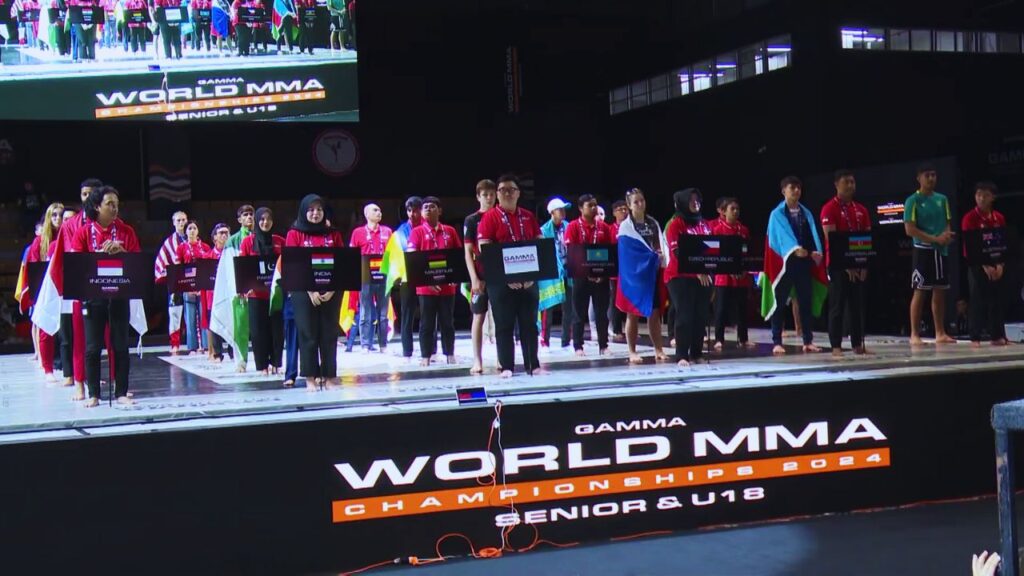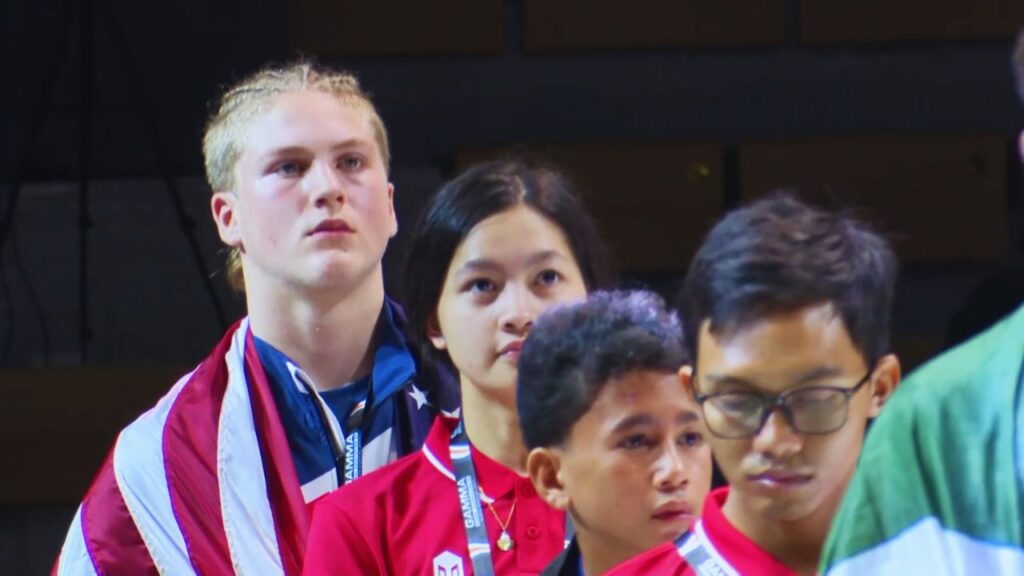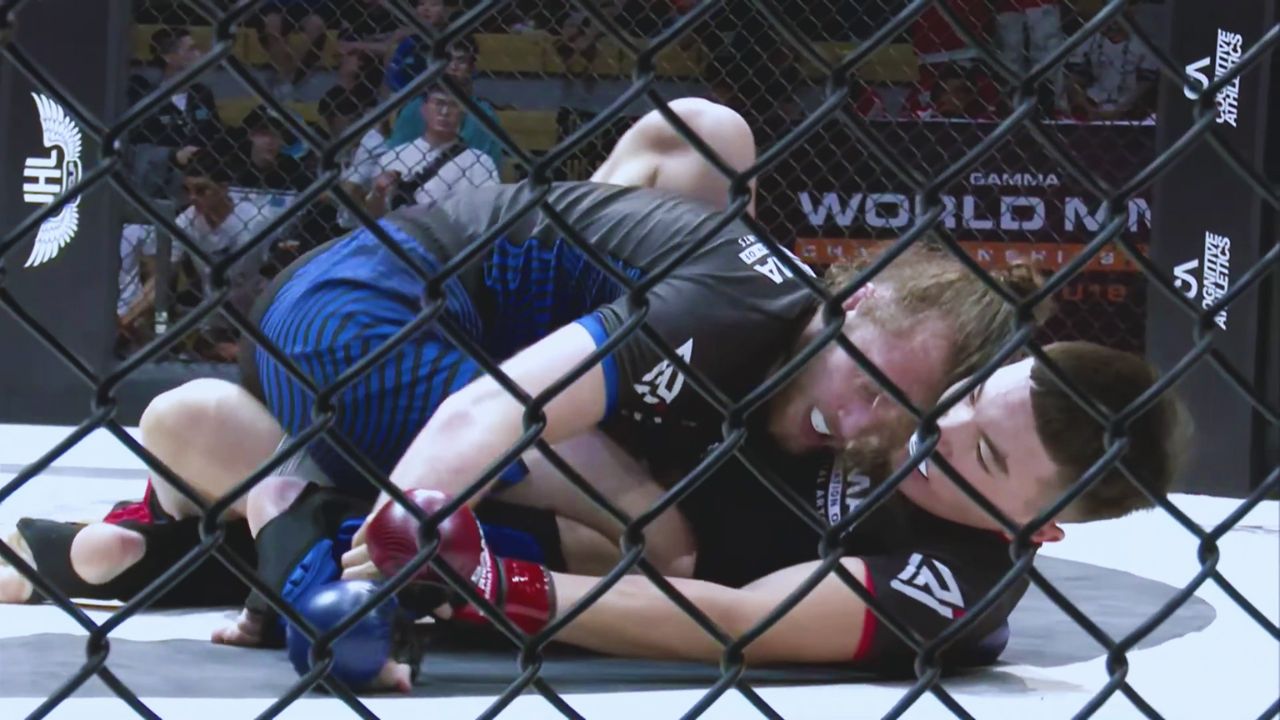A New Era in Combat Sports
The crowd held its breath as Max Stary from The United States squared off against Amir Serik from Kazakhstan in the final round of an international U18 youth MMA tournament in Jakarta Indonesia. Their journey—years of dedication, training, and sacrifice—culminated in this moment. Friends, family, and coaches watched eagerly as the future of MMA unfolded before their eyes. These young athletes weren’t just fighting for medals; they were proving that youth MMA is more than a sport—it’s a movement shaping the next generation of world-class athletes.

Youth MMA: The Fastest-Growing Sport in the World
Youth MMA is experiencing unprecedented global growth, with participation numbers skyrocketing. According to a 2023 report by the Global Association of Mixed Martial Arts (GAMMA Worldwide), youth MMA participation has increased by 35% in the past five years. In the U.S. alone, the number of registered youth MMA athletes has more than doubled since 2018, with over 50,000 young fighters now competing in sanctioned events. Europe and Asia have seen similar booms, with countries like Russia, Thailand, and the Netherlands investing heavily in youth MMA development.
Unlike traditional combat sports, MMA provides a well-rounded athletic foundation, combining wrestling, Brazilian Jiu-Jitsu, boxing, and kickboxing into one discipline. This diversity attracts young athletes who seek a dynamic and strategic approach to competition. As a result, more parents are recognizing the sport’s benefits, from discipline and fitness to self-confidence and resilience.

The Role of International Competition
International youth MMA tournaments play a crucial role in developing talent and expanding the sport’s global reach. Events organized by GAMMA Worldwide provide a platform for young athletes to compete against the best in the world, fostering cultural exchange and sportsmanship. These tournaments not only showcase rising talent but also serve as a stepping stone for future professional careers.
Statistics reveal that over 70% of professional MMA champions started competing in amateur and youth circuits. Fighters like Israel Adesanya and Valentina Shevchenko honed their skills in international tournaments before making it to the world’s biggest stages. Investing in youth competitions ensures a steady pipeline of elite athletes ready to carry the sport into the future.

The Need for More State Funding
Despite its rapid growth, youth MMA still faces challenges—primarily funding. Unlike mainstream sports such as soccer or basketball, youth MMA programs often struggle to secure financial support. Increased state funding would allow for better training facilities, safer competition environments, and more international opportunities for young athletes.
Countries that have integrated MMA into their national sports programs, like Russia and Thailand, have seen significant success in international tournaments. By advocating for more state funding, organizations like GAMMA Worldwide and GAMMA USA can provide scholarships, improve training infrastructure, and support travel expenses for promising athletes who otherwise might not afford to compete internationally.
Building a Global Community
One of the most exciting aspects of youth MMA is its ability to unite fans and athletes worldwide. Unlike traditional combat sports, which often focus on national rivalries, MMA fosters a global community where young athletes connect beyond borders. With organizations like Coach D Media and GAMMA USA working to promote the sport’s positive impact, the future of youth MMA looks brighter than ever.
The next step is ensuring that these young athletes receive the support they need. With increased awareness, sponsorships, and state funding, youth MMA can continue its rapid ascent, inspiring a new generation of fighters to chase their dreams.
Are we ready to fully invest in the future of MMA and support the next wave of world champions?

